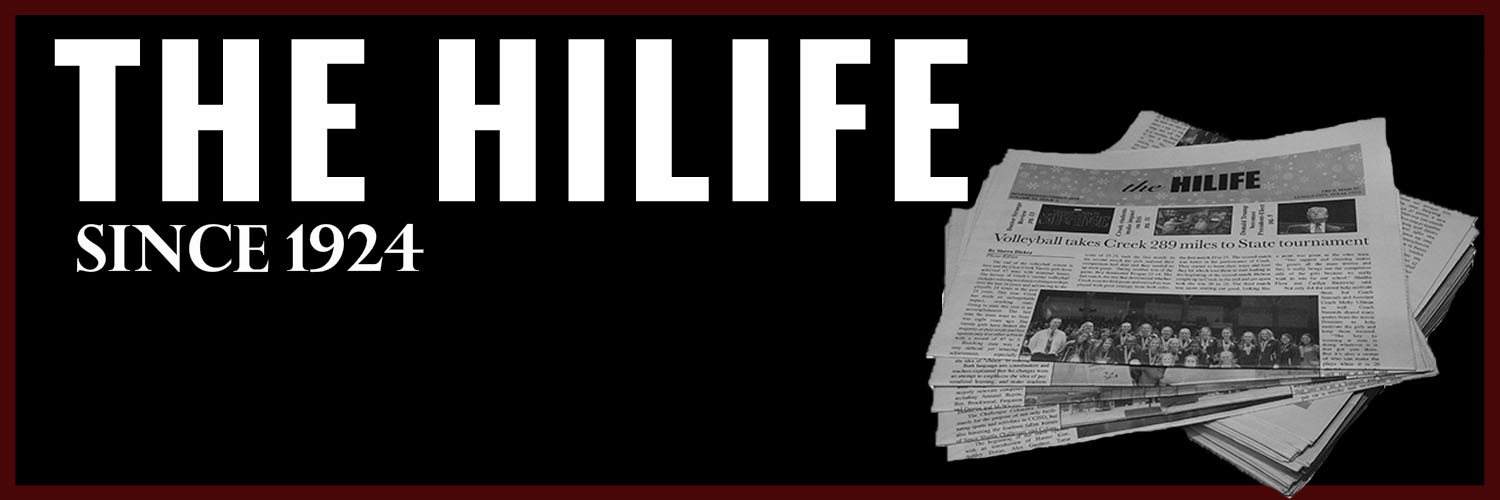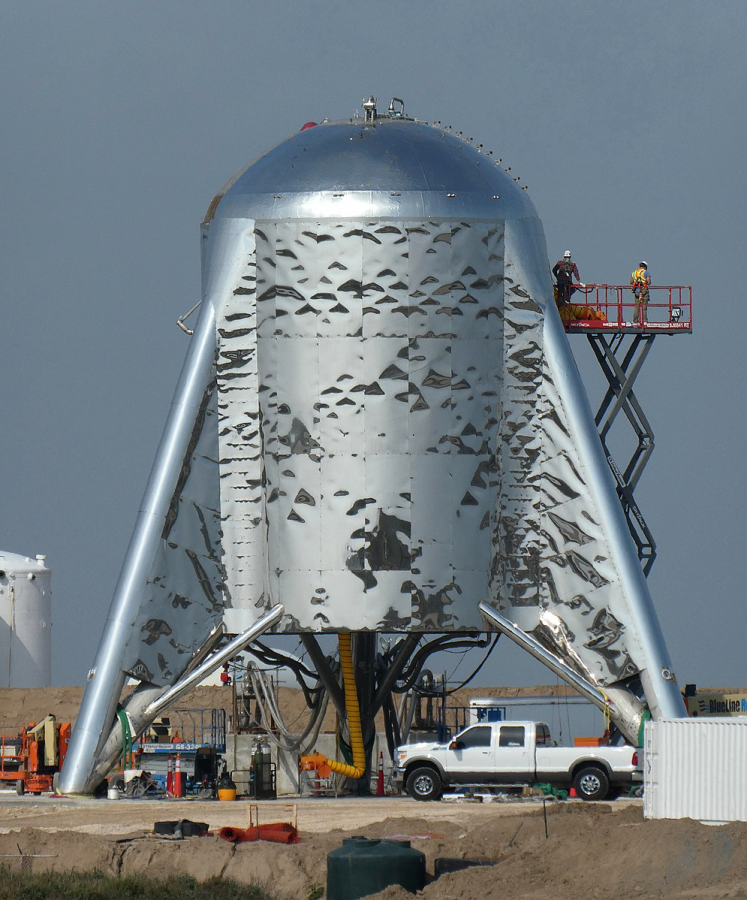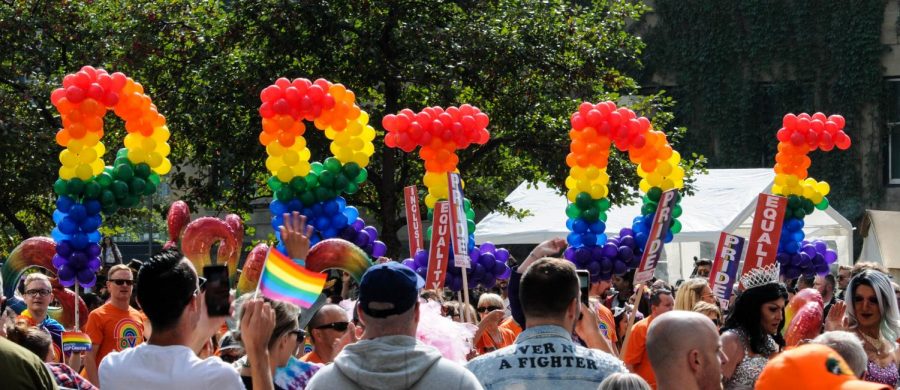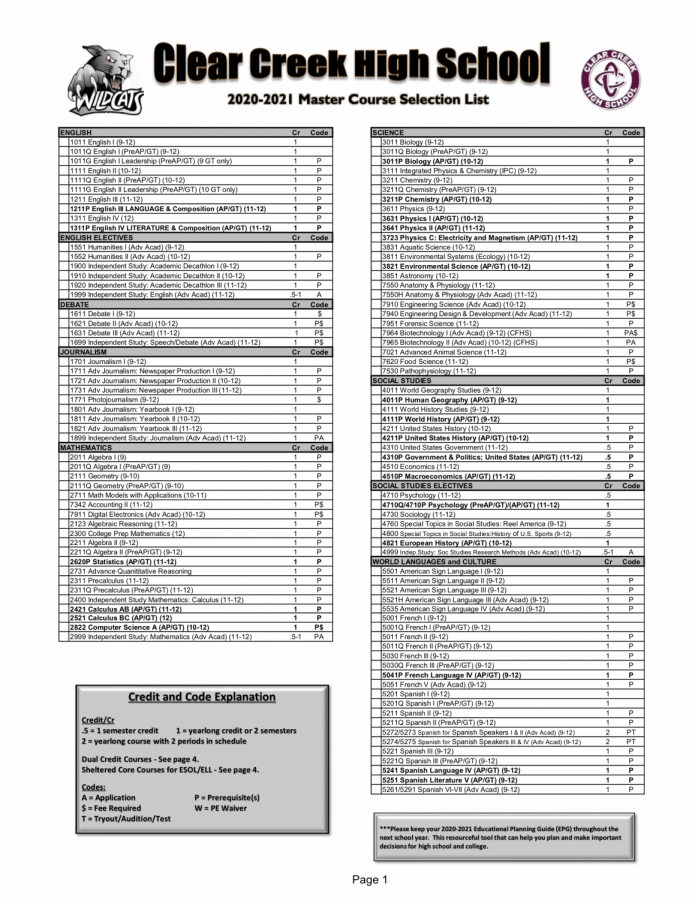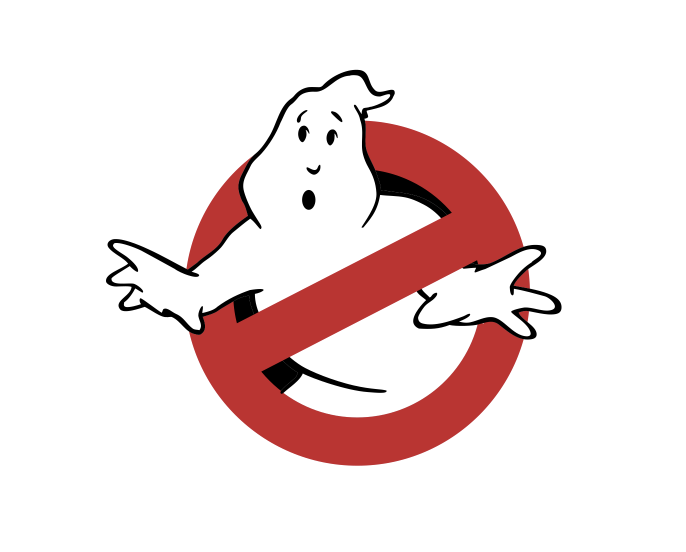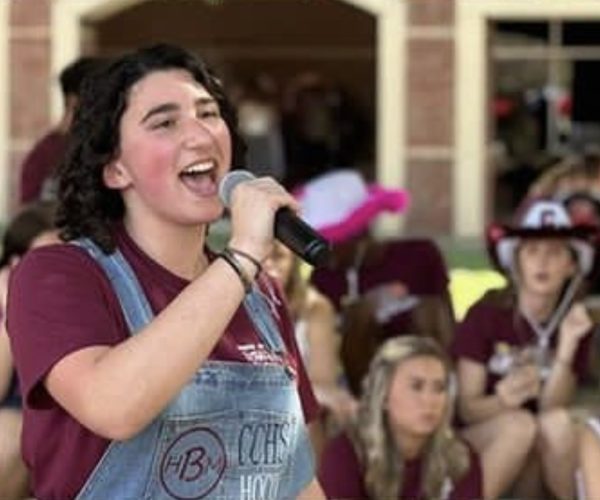Ghostbusters Afterlife review
December 16, 2021
Ghostbusters: Afterlife summoned fans back to the theater with the fourth installment in the Ghostbusters franchise. Receiving only 62 percent on Rotten Tomatoes, the technical aspects of the film fall flat in some parts, such as plot consistency and character development. However, audience scores give it 95 percent, because of the nostalgic elements of the movie which relates back to the original Ghostbusters from 1984. The film surpassed $100 million in the box office, domestically. Only one of 12 movies to pass that mark this year, such as Black Widow and A Quiet Place Part II. The film boosts the confidence of audiences as more theaters move closer to 2019 box office numbers they had before COVID-19 shut down cinemas.
Ghostbusters (1984), which introduced the characters of Venkman, Stantz, Spengler and Zeddemore, as the iconic ghostbusters, created an empire of fans who followed the haunting and hunting concept for years. This sequel brought along a new, teenage perspective that revived a generation of enthusiastic fans.
Ghostbusters: Afterlife chronicles the grandchildren of Egon Spengler, Trevor, played by Finn Wolfhard and Phoebe, played by Mckenna Grace, who move to the abandoned Spengler farm after their grandfather dies from the ghost he was devoted to busting. With teenagers at the center of the film, the stance the film takes, appeals to both older audiences who loved the original Ghostbusters, as well as newer audience members, who may align with the younger characters, such as Trevor and Phoebe.
“It was surprisingly good, and I felt satisfied in the very end,” Kennedy Plunkett, a junior, said.
The director, Jason Reitman, son of Ivan Reitman, who directed the original Ghostbusters I and II, took the leap in directing a sequel to his father’s franchise, which he was apprehensive to at first. However, he embodied many important elements of the original movie, such as the proton packs, the PKE Meter, the trap, and Ecto-1, while adding his own flair to the sequel, with the wacky characters Podcast and Mr. Grooberson.
“I liked the parallels with the very first movie, but the execution was not as good as I thought it would be,” Adriana Sweet, junior, said.
With stressful pressure from the original, phenomenal film, audiences expected overwhelming prowess in creativity, character development, and plot efficiency, but not all technical aspects were up to par.
The comedic and dramatic balance of the movie was skewed, as the cartoonish 14-year-old, Podcast, played by Logan Kim, undermined much of the dramatic tension, as a clear attempt to bring forth comedic relief. However, his Disney-channel-esque energy stuck out like a sore thumb in relation to other characters, like Trevor or Mr. Grooberson, who invoked the natural comedy of a scene, releasing the awkwardness that Podcast created. In a supposed nostalgic, dignified film that commemorates the original, the last thing the movie needed was a zany character who undermined the seriousness of many scenes.
The relationships between characters were interesting, well-balanced, and satisfying. Lucky, a local teenage girl, played by Celeste O’Connor, quickly catches the eye of Trevor at Spinners diner, and her smooth, confident nature throws Trevor into a flustered, swooning behavior, which shows a genuine aspect of these characters that audiences wanted to see. With Phoebe and Podcast, their mystery-solving friendship brings a reliable, light-hearted dynamic that the audience attaches to. These young character relationships round out the plot and fully bring it to life.
All in all, Ghostbusters: Afterlife conjoined the nostalgic part of the 1984 Ghostbusters with the unique part of Jason Reitman’s creation and built an action-packed, genuinely interesting and satisfying film that older and younger fans of Ghostbusters could enjoy.
